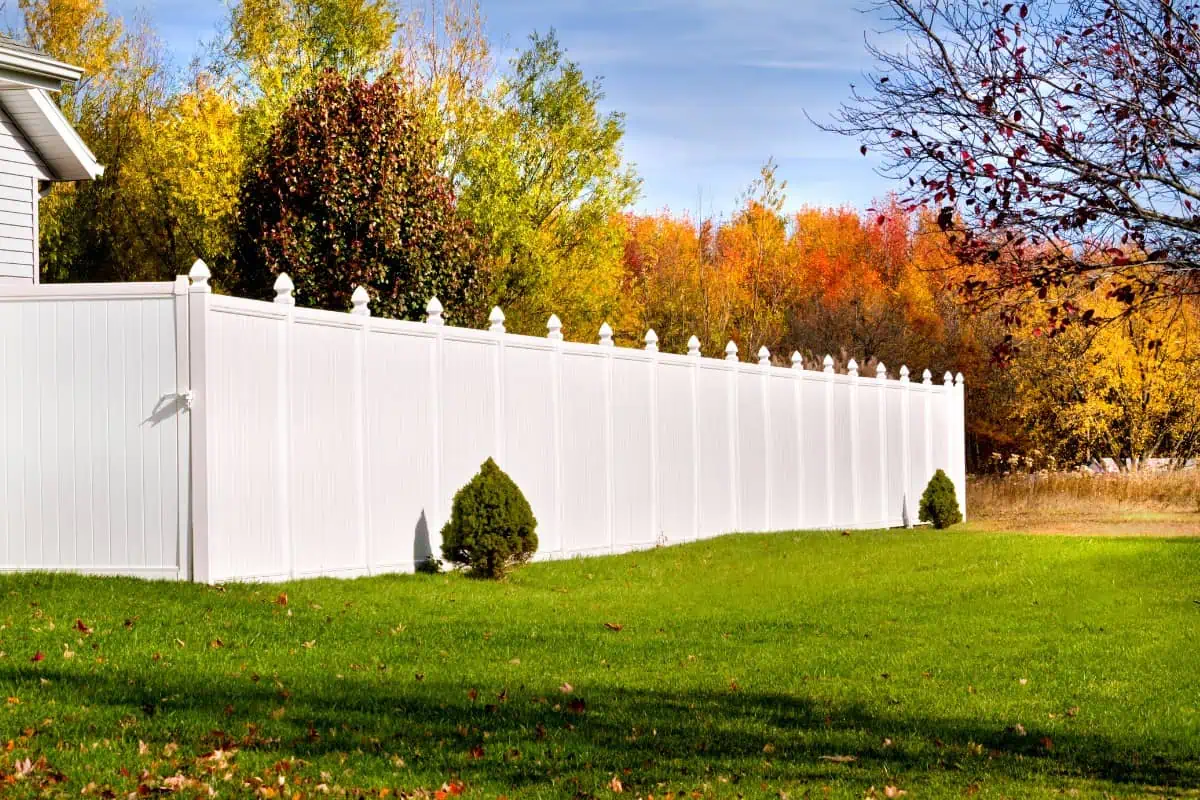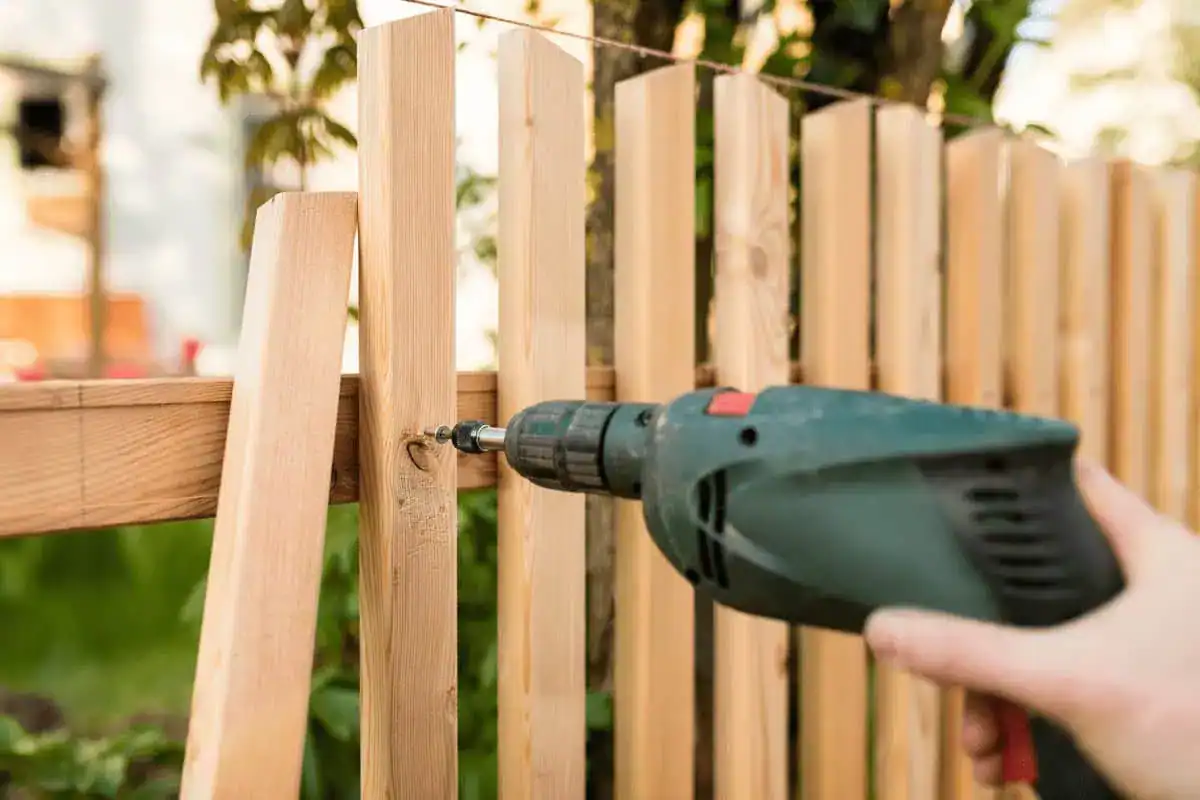Summary:
Why Fairfield County Fence Permits Matter More Than You Think
Connecticut doesn’t have statewide fence regulations. Instead, each municipality creates its own rules, and Fairfield County’s 23 towns take vastly different approaches. This isn’t bureaucratic red tape—it’s about safety, property values, and neighbor relations.
Most homeowners discover permit requirements after they’ve already started construction. That’s when things get expensive. Unpermitted work can lead to stop-work orders, fines, and forced removal of completed sections.
The good news? Most residential fences under six feet don’t require building permits in many towns. But zoning permits are different, and that’s where most people get tripped up.
Danbury Fence Permit Requirements and Process
Danbury operates one of the most streamlined permit systems in Fairfield County, but don’t let that fool you into thinking it’s simple. The city requires zoning permits for most fence installations, regardless of height, and building permits for fences over six feet or those attached to structures.
Your application needs to include a detailed site plan showing the fence location relative to property lines, structures, and utilities. The city particularly scrutinizes corner lots, where visibility requirements can limit fence height to three feet within 25 feet of intersections. This isn’t just about following rules—it’s about preventing accidents and maintaining clear sightlines for drivers.
Processing typically takes 10-15 business days for standard applications, but complex projects or those requiring variances can take significantly longer. The city charges different fees based on fence length and type, with residential applications generally ranging from $50 to $200. Pool fences have additional requirements under Connecticut’s new HB 5169 legislation, which mandates specific safety features and installation standards.
One unique aspect of Danbury’s process is their pre-application consultation option. For complex projects or unusual situations, you can schedule a meeting with zoning staff before submitting formal paperwork. This can save weeks of back-and-forth revisions and help identify potential issues early. The city also offers online permit tracking, so you can monitor your application’s progress without making phone calls.
Bethel and Ridgefield Zoning Rules You Must Know
Bethel takes a more restrictive approach than many neighboring towns, particularly regarding front yard fences and corner lot restrictions. The town limits front yard fences to four feet maximum, but here’s the catch—they measure from the highest adjacent ground level, not the fence base. On sloped lots, this can significantly impact your design options.
Ridgefield’s regulations focus heavily on maintaining the town’s historic character. The Planning and Zoning Commission reviews fence applications not just for safety compliance, but for aesthetic compatibility with surrounding properties. This means your fence style, materials, and color may face scrutiny beyond basic height and setback requirements. Colonial-style properties often face additional restrictions to preserve historical authenticity.
Both towns require detailed property surveys for any fence within five feet of property lines. This isn’t just paperwork—it’s protection against costly boundary disputes down the road. Many homeowners skip this step to save money, only to face expensive legal battles when neighbors challenge fence placement. The survey requirement also helps identify easements, underground utilities, and drainage considerations that could affect your installation.
Setback requirements vary significantly between the two towns. Bethel generally requires three-foot setbacks from side property lines, while Ridgefield’s requirements depend on your zoning district and lot size. Both towns have specific rules for pools, with Ridgefield requiring additional landscaping screening for pool fences visible from public roads.
The permit timeline in both towns can extend to 30 days or more, especially during peak construction season. Both communities encourage pre-application meetings with zoning staff, which can help identify potential issues before formal submission. This consultation process often reveals local preferences and unwritten guidelines that can make the difference between approval and denial.
Property Line Laws and Neighbor Considerations
Connecticut’s property line laws create shared responsibility for boundary fences, even when one neighbor pays for the entire installation. If your fence encloses your neighbor’s land, they may become legally responsible for half the maintenance costs under state statute 47-49.
This shared ownership concept catches many homeowners by surprise. It means your neighbor can’t just decide to remove or modify a boundary fence without your consent, but it also means you can’t make unilateral changes either.
Smart fence planning starts with a current property survey and neighbor communication. Many disputes arise from assumptions about property lines that turn out to be wrong.
Common Property Line Mistakes That Cost Thousands
The most expensive mistake homeowners make is assuming their property lines match visible boundaries like old fences, stone walls, or landscaping features. These markers often reflect decades-old informal agreements rather than legal boundaries, and building based on them can lead to costly relocations.
Connecticut’s adverse possession law adds another layer of complexity. If you build a fence that encroaches on your neighbor’s property and they don’t object for 15 years, you might legally gain ownership of that land. Conversely, if your neighbor’s fence has been on your property for 15 years without your formal objection, they might have a legal claim to that strip of land.
Survey costs typically range from $500 to $1,500 for residential properties, but this investment can prevent much larger problems. A professional survey identifies exact property boundaries, easements, and potential encroachment issues before construction begins. Many towns require current surveys (less than two years old) for permit applications, so older surveys may not meet requirements.
Utility easements present another common pitfall. Even if you own the land, utility companies may have rights to access areas for maintenance or expansion. Installing a fence in an easement area can result in forced removal at your expense when utilities need access. Your survey should identify all easements, but checking with utility companies directly provides additional protection.
Underground utilities pose both safety and legal risks. Connecticut’s Call Before You Dig service is mandatory for any excavation, including fence post installation. Hitting underground utilities can result in significant fines, repair costs, and potential service disruptions for entire neighborhoods.
How to Handle Neighbor Disputes Before They Escalate
The best neighbor disputes are the ones that never happen, and that starts with communication before construction begins. A simple conversation about your fence plans can prevent months of legal battles and thousands in attorney fees. Share your plans, timeline, and how the fence might affect your neighbor’s property use.
Some neighbors worry about property value impacts, privacy loss, or changes to drainage patterns. Addressing these concerns upfront often reveals simple solutions that work for everyone. For example, choosing a fence style that looks attractive from both sides, or adjusting the height in certain sections, can resolve most aesthetic concerns.
When disputes do arise, Connecticut law provides structured resolution through fence viewers—typically town selectmen who have authority to assess fence disputes and order repairs or modifications. This process costs less than litigation and usually resolves issues within 30 days. However, fence viewer decisions focus on maintenance and safety issues rather than aesthetic or property value concerns.
Mediation offers another alternative to expensive litigation. Many towns offer mediation services for neighbor disputes, and private mediators typically charge $200-500 per session compared to thousands for legal proceedings. Mediation works best when both parties want to preserve their relationship and find mutually acceptable solutions.
Documentation becomes crucial if disputes escalate to legal action. Keep records of all communications, permits, surveys, and construction decisions. Photos of existing conditions before construction can prove valuable if questions arise about damage or boundary changes. Email communications create timestamps and written records that verbal agreements lack.
Consider involving professionals early when disputes seem likely. Real estate attorneys who specialize in boundary issues can often resolve problems with a few letters that would otherwise require months of litigation. The cost of professional intervention at the first sign of trouble is almost always less than the cost of letting disputes escalate.
Getting Your Fairfield County Fence Project Right
Navigating Fairfield County’s fence permitting landscape doesn’t have to be overwhelming when you understand each town’s specific requirements and plan accordingly. The key is starting with accurate property information, understanding your local regulations, and communicating with neighbors before construction begins.
Remember that permit requirements exist to protect you, your neighbors, and your property investment. Taking shortcuts on permits or property surveys often costs more in the long run than doing things right from the start.
When you’re ready to move forward with your fence project, we at Roots Landscaping bring 17+ years of local expertise to guide you through every step of the permitting and installation process. We know the ins and outs of every Fairfield County municipality and can help you avoid the common pitfalls that delay projects and increase costs.





